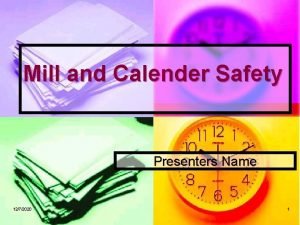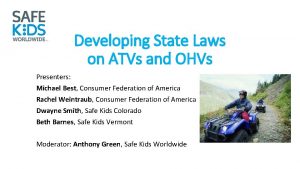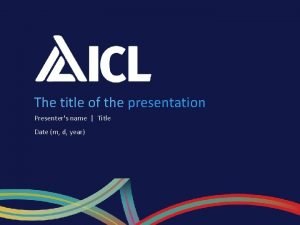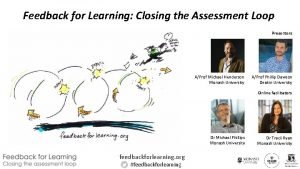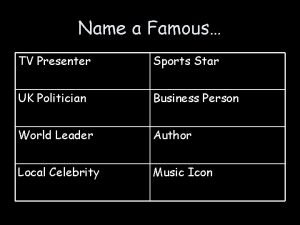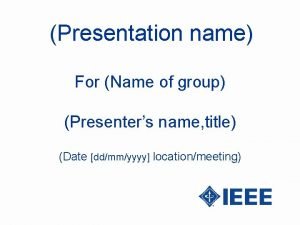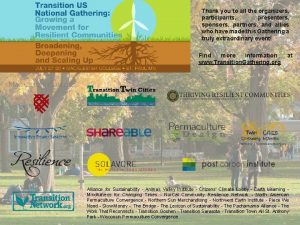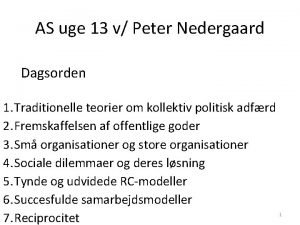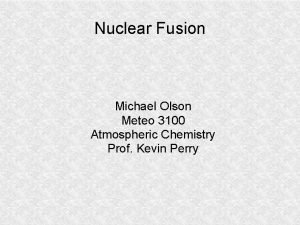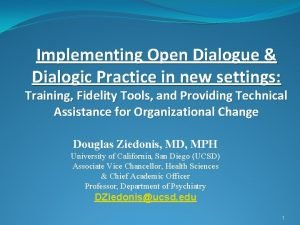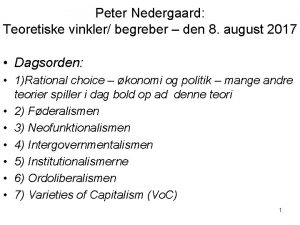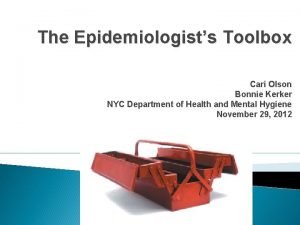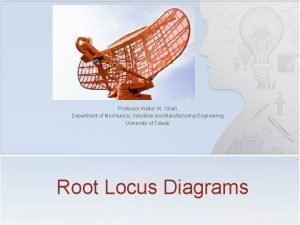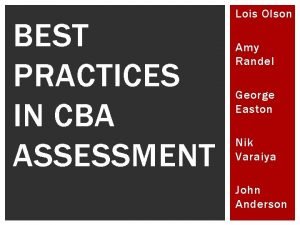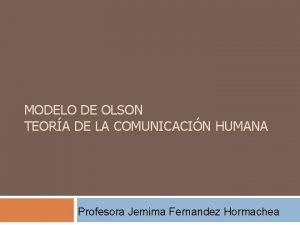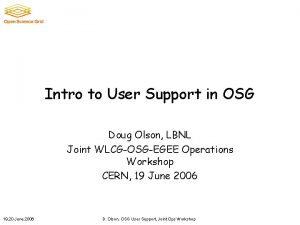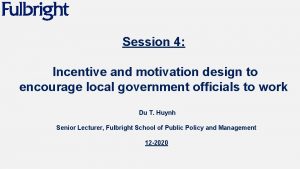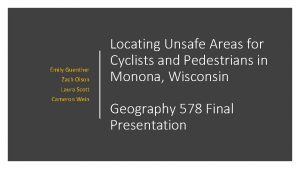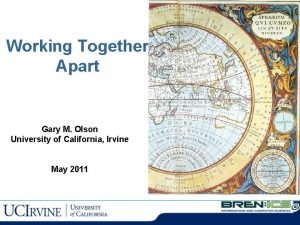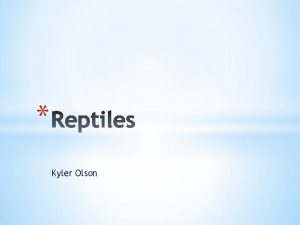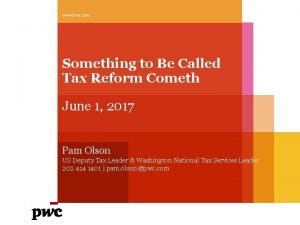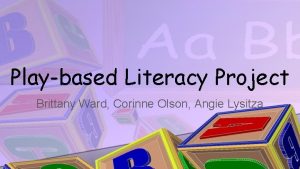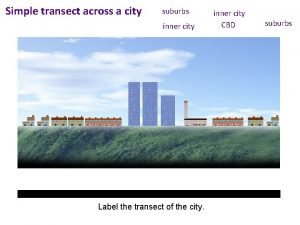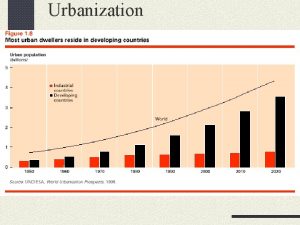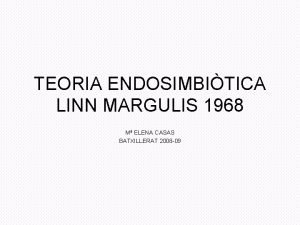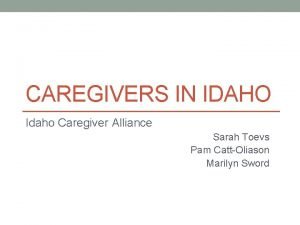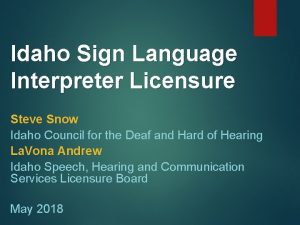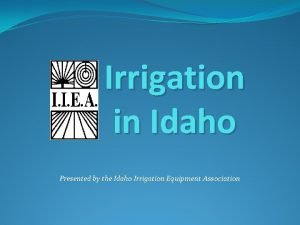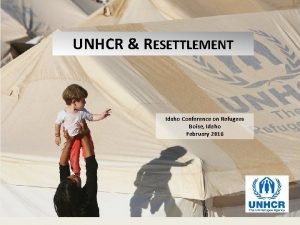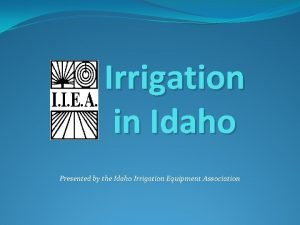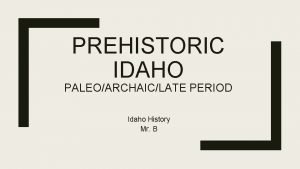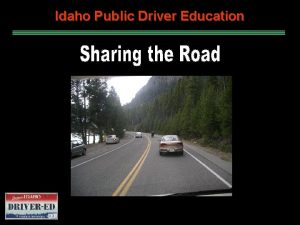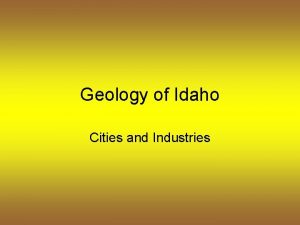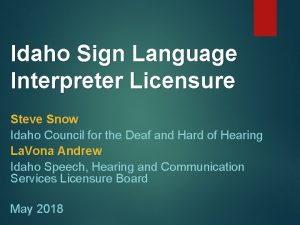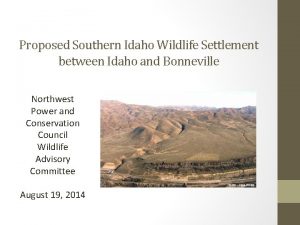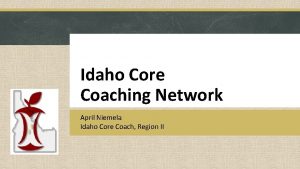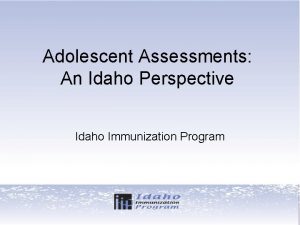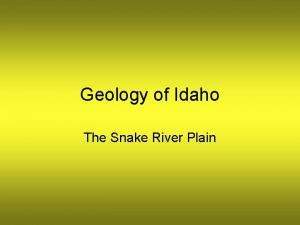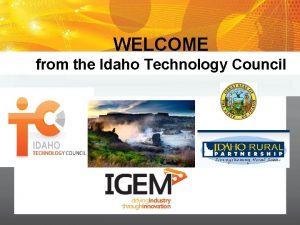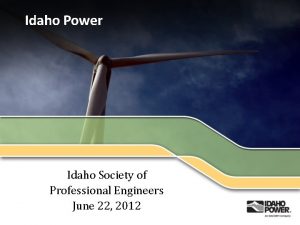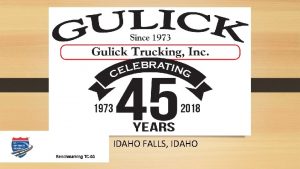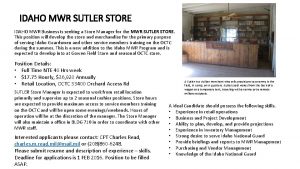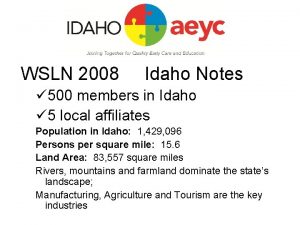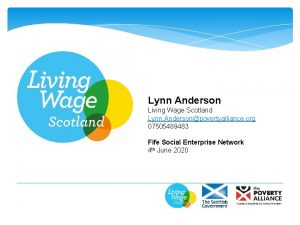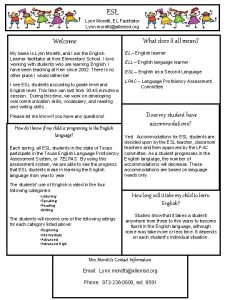Future City Presenters Lynn Olson Idaho Regional Future


































- Slides: 34

Future City

Presenters Lynn Olson • Idaho Regional Future City Coordinator Melyssa Ferro • Earth, Life & Advanced Science Teacher, Syringa Middle School, Caldwell, ID Karissa Hardy • ID Steering Committee member & Mentor Students Lake Hazel Middle

Future City - Who Future City Participants • 6 th-8 th grade • public, private, home schools • recognized youth-focused organization such as Boy/Girl Scouts, Clubs, 4 H, Y • minimum of 3 students up to entire classroom • 3 teams per school

Future City - Who (cont. ) Support Team • Educator • Mentor (Engineer) • ID Steering Committee – ideas/contacts • Website (new and improved, launching July 2015) – About program, leading team, resources • Revised Handbook – framework for engineering design process, project management, activities • Online webinars • Online Project Management Center

Future City - Who (cont. ) 2015 -16 Idaho Schools • • • • Battle Mountain Middle School (new) Falcon Ridge Charter School Idaho Science & Tech Charter School Homedale Middle School Kootenai Elementary (new) Lake Hazel Middle School Meadows Valley Jr/Sr. High School (new) Meridian Middle School Sacred Heart School Saint Mary’s School Salmon River Jr. /Sr. High South Junior High Syringa Middle School Timberline Schools (new) Vision Charter School Washington Elementary

Future City – What A national, project-based learning experience where students imagine, design, and build cities of the future. – – plan cities using Sim. City™ software; research & write solutions to an engineering problem; build tabletop scale models with recycled materials present their ideas before judges @ 12 th Idaho Regional Competition, January 23, 2015 Boise State.

Future City – What (cont. ) Students identify problems; brainstorm ideas; design solutions; test, retest and build; and share their results, aka, the engineering design process • Apply math and science concepts to real-world issues • Develop writing, public speaking, problem solving, and time management skills • Research & propose solutions to engineering challenges • Discover types of engineering & explore careers options • Learn how communities work to become better citizens • Develop strong teamwork skills

Future City – What (cont. ) Deliverables • Sim. City (early Dec) • City Description (mid Dec) – 1500 words • City Model (at Competition) – recycled materials, <$100 • City Presentation (at Competition) – 7 minute presentation • Project Plan (1 week before Competition) – 4 worksheets – plan, organize, stay on task, roles

Future City – What (cont. ) Theme for 2015 -16 Waste Not, Want Not Challenge: Design an innovative city-wide solid waste disposal system for your future city that is safe, environmentally sound, and energy efficient. Ideas for Field Trips Trash museums Local recycling centers Department of Public Works Keep America Beautiful Landfill tours

Future City - When

Future City - When

Future City - Why

Future City – Why (cont. ) Students Discover Engineering • 84% report that Future City helped them see math and science are important to their future • 65% can see themselves as engineers someday • 61% want to keep doing other engineering clubs or activities. • The evaluation found a statistically significant improvement in students’ ability to apply engineering design process skills to real-world problems.

Future City – Why (cont. )

Future City – Why (cont. ) Future City Reaches Girls 43% of participants are girls Students Drive Future City 75% of student reported making the design decisions 85% said Future City taught them that they could create something on their own – without direction of an adult. Student Learn How Their Communities Work and Become More Informed Citizens 90% of students reported that Future City helped them to appreciate all of the engineering that goes into a city. 63% reported that Future City made them more aware of civic issues like politics and taxes.

Future City – How from Teacher Syringa Middle School • Compete as a class, 24 -26 students on a team • Students choose one of 4 teams (SIM, essay, model, oral presentation) to work on based on interests and abilities • Each team selects 1 -2 leaders who must communicate with other teams • Try to connect each class team with a mentor who is connected to students

Future City – How from Teacher Syringa Middle School • Calendar out deadlines as a whole class • Begin research (fieldtrips, webinars, etc. ) as a class with oral presentation team serving as a clearinghouse for all ideas • As each team finishes their components, the become available to help as consultants to other teams

Future City – How from Teacher Syringa Middle School • Work days during class time on Fridays (October-January) with mentors coming in as often as they can • Teams spend time during PAWS, after school and over breaks working as well • Final “dress rehearsal” party at Ferro’s house before January competition

Future City – How from Mentor Lake Hazel Middle School Who can be a mentor? Engineers are preferred, but can also be another technical professional such as architect or planner The intent of a mentor is to provide advice, guidance, and technical assistance to the students

Future City – How from Mentor Lake Hazel Middle School Time commitment and involvement varies, the Future City “recommendation” is 12 -14 hours. Level of involvement of the mentor is flexible and is up to the educator and mentor.

Future City – How from Mentor Lake Hazel Middle School Future City as a Club • Met once a week after school for 1 ½ hours from mid September through January • Met several Saturdays and a couple of Friday evenings at student or mentor’s homes • Two teams worked collaboratively with two teachers and two mentors • At least one mentor attended all meetings, usually both mentors attended

Future City – How from Students

Future City – How from Students Presentation by Lake Hazel Future City Team Idaho 2014 -2015 winners ENAC (Evolutionary Neolithic Agriculture Community) 6 th grade 7 th grade mixed team Students: Maddison Grunig (6 th), Elliot Hardy (6 th), Andrew Keller (7 th), Yohan Lim (6 th), Kylie Larandeau (6 th), Nicholle Taylor (6 th) & Amanda Walker (6 th) Educators: Sarah Baker & Ann Biason Mentors: Karissa Hardy & Jim Baker

Future City – How from Students Recap: what these students accomplished 1. Sim City Computer Model 2. Research Essay (1000 word max. ) 3. City Narrative (500 word max. ) 4. 3 D Scaled Model 5. Oral Presentation (7 minutes max. )

Future City – How from Students 1. Sim City Computer Model

Future City – How from Students 2. Research Essay

Future City – How from Students Research: Field Trip to Boise State Roof Top Garden and Bees

Future City – How from Students 3. City Narrative – Cool Features of City Review past winners on-line http: //futurecity. org/gallery

Future City – How from Students 4. 3 D Model

Future City – How from Students 5. Oral Presentation

Future City – How from Students • Oral Presentation clip (max. 7 minutes)

Future City – How from Students National competition in Washington D. C.

Future City – How from Students Student Discussion • What did you learn? • What was your favorite part? • What did you learn about city planning? • Talk about some futuristic aspects of your city

Future City – How from Students Questions?
 Lynn olson intel
Lynn olson intel Presenters name
Presenters name Calender presenters
Calender presenters Name/title of presenter
Name/title of presenter Atv presenters
Atv presenters Presenters name
Presenters name Annoying create and craft presenters
Annoying create and craft presenters The loop presenters
The loop presenters Famous british tv presenters
Famous british tv presenters Presenters name
Presenters name Thank you to all presenters
Thank you to all presenters Zoe ann olson
Zoe ann olson Mancur olson
Mancur olson Dr michael olson
Dr michael olson Dialogic practice definition
Dialogic practice definition Mancur olson
Mancur olson Toolbox nyc
Toolbox nyc Olson
Olson Lois olson sdsu
Lois olson sdsu David olson architect
David olson architect Tipos de familia aglutinada desligada
Tipos de familia aglutinada desligada Doug olson cms
Doug olson cms Macur olson
Macur olson Zack olson md
Zack olson md Gary m olson
Gary m olson Kyler olson
Kyler olson Pam olson pwc
Pam olson pwc Corinne olson
Corinne olson Example of future perfect continuous tense
Example of future perfect continuous tense Future perfect e future continuous
Future perfect e future continuous Who created the griffin ford model
Who created the griffin ford model Inner city suburbs
Inner city suburbs Primate cities
Primate cities Lynn savoie
Lynn savoie Teoria autogena
Teoria autogena


